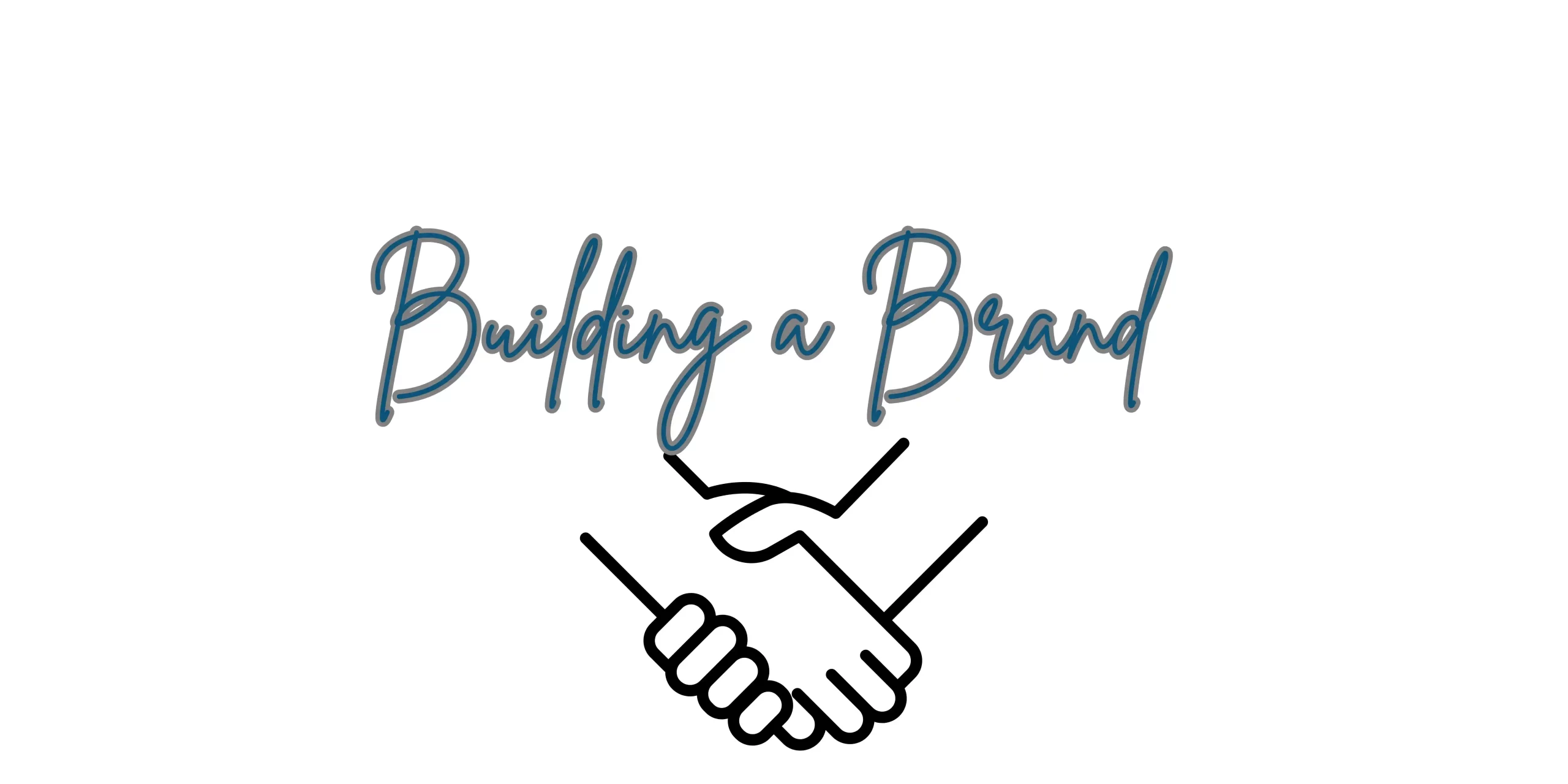A Complete Guide to Building a Luxury Brand in Any Economy

There’s considerable appeal in the idea of building a luxury brand. You have the obvious prestige factor – although being the owner of a successful business is always enjoyable, it’s even more special when you have your own luxury brand.
A luxury brand can also bring you some significant profits. With a typical business, the road to success is high product sales, but luxury markets have much higher profit margins. You could do fine with just a limited number of loyal customers. And luxury brands can do well in just about any economy, as many became more valuable even during the Recession.
If you want to build a luxury brand, it’s important to understand that the process isn’t the same as building a brand that appeals to regular consumers. Consumers of luxury products shop differently and respond to specific types of marketing. Understanding how to reach these consumers is key to your brand’s success.
Here are six key tips to keep in mind when building your luxury brand
Start with a High-Quality Product
There’s a common myth out there that when you buy a luxury product, you’re just paying for that brand’s marketing, and the product isn’t any higher in quality than something you could purchase for much less. With most luxury products, that couldn’t be further from the truth.
The manufacturing quality of luxury products is much higher than of mass-produced goods. If you spend $50 on a pair of shoes, you’re getting something that was made in a factory with little attention to detail and likely has low-quality materials. If you spend $500, you can get handmade shoes with quality leather.
Luxury brands with a lengthy history behind them can build up a reputation and status in the industry. As a new luxury brand, you don’t have that heritage, which means your products need to be very high quality to establish a strong reputation.
Choose high-quality materials for your products. If you’re hiring a manufacturer, make sure you choose someone who can deliver excellent work, not the manufacturer with the bargain-basement prices. You should also have a quality control team to ensure that every product is up to your standards.
Hone in on Your Target Market
Every business needs to know its target market, but that’s especially critical for businesses that sell luxury products. Businesses that are aiming for high sales volumes can market to a wide range of consumers, because their products tend to be priced lower and can appeal to many different people.
Luxury products at higher price points will only appeal to a smaller niche of consumers. It does you no good to target people outside of this niche, as they won’t be interested in your products anyway. Your marketing campaigns will also have far less success if you don’t base them on the right target market.
Set up a profile of the people most likely to purchase your products. Perhaps you sell trendy, handmade men’s wear, and you target men in the 25 to 35 age range who have just landed their first well-paying jobs and want to dress more stylishly. You’d market to them much differently than you would to college students or men in their 40s and 50s.
Be Selective with Your Product Distribution
Image is an essential aspect of a luxury brand. Everything your brand does must fit with the luxurious image you’re cultivating, and that includes how you distribute your products.
How should you sell your brand’s products? First, you need to consider where you sell your products. You could set up a brick-and-mortar store. E-commerce, which was once thought to be the antithesis of the luxury marketplace, is growing more popular as a way to sell luxury products. If you distribute products to other stores, make sure they align with your brand’s image. Having the wrong stores selling your products could lead to issues with your reputation.
You also don’t want to oversaturate the market with your products. Rarity and exclusivity are two characteristics people associate with luxury. Just consider how a product can sell for more money simply because it’s a limited edition. You can use this to your benefit by manufacturing smaller quantities of your products. By going with smaller product lines, you create demand through the scarcity of your product, and you can generate interest by releasing new product lines more frequently.
Make Sure Your Design Elements Fit Your Brand’s Image
It’s usually not hard to tell when you’ve walked into a business that sells luxury products. The aesthetic makes it clear from the beginning that the location focuses on higher-priced products. You can notice the difference whether you’re comparing a Rolls-Royce dealership to a Kia dealership, or Barneys New York to the Gap.
If your business is going to be in a luxury market, then it needs to look the part. But what signifies luxury to consumers? You want your store to have an open, simple design that places all the focus on the products. Aim for an elegant interior by choosing subtle colors and the right materials. Price tags should be small and not too noticeable. Brands that compete on price put their prices front and center. Since luxury brands don’t, pricing doesn’t need to be as prominent.
Whether your business operates entirely online or online in addition to a brick-and-mortar store, you also need an elegant, professional website. Some luxury design elements will be the same here as they are with a store. You should still use subtle colors and avoid packing too much into your site. Picking the right typography is key, and you should also have professional pictures instead of tacky stock photos.
Market in Places that Attract the Right Audience
Something you’ll notice about luxury brands is that they don’t market their products just anywhere. You’ll probably never see an ad for a Lamborghini on TV, but you could see dozens for a Toyota Camry in just a few hours. Only a small portion of viewers could afford the former, whereas most people could afford a Toyota Camry, especially with all the financing options available.
Deciding where to market your products will bring you back to your target market. You’ll need to consider what types of magazines and sites they check out frequently. If you’re marketing to middle-aged men, ads in financial journals could be the most effective choice. If you have a line of luxury purses, you could try the fashion magazines aimed at women in their 30s and 40s.
You’ll also need to craft your marketing campaigns differently. With a regular product, it’s common to emphasize the price in the marketing and show the consumer the deal they’d be getting. Since price isn’t the selling point on a luxury product, your marketing will need to sell consumers on the quality of what you offer.
Reach Out to Influencers
Social media marketing can be hit or miss for luxury brands since the demographics on those networks tend to be on the younger side. One type of social media marketing that has been highly effective for luxury brands, though, is influencer marketing. Social influencers get significantly higher engagement rates on posts promoting luxury brands, which means audiences are interested in those types of products.
Finding the right influencers to promote your products can be perfect for creating the brand image you want. There’s a natural desire to emulate the social influencers who lead glamorous lifestyles, and one way to do that is by purchasing the products they use.
Choose your influencers carefully, as you want people with strong followings and high engagement rates on their posts. Mid-tier influencers are the most appealing choice for luxury brands because they typically have the most authenticity with their audiences.
A luxury brand is in many ways more difficult to build than a regular business. All your products need to be high quality, and your brand’s image must be a constant focus with everything it does. It can also be expensive to start a luxury brand. Not only do you need to invest in the product, but there are the costs of developing a high-end website and potentially a brick-and-mortar store, as well.
Although it isn’t easy to build a luxury brand, it can pay off immensely for you later. A strong brand image allows you to make much higher profits on your products, and your business will be more recession-proof than most others.
